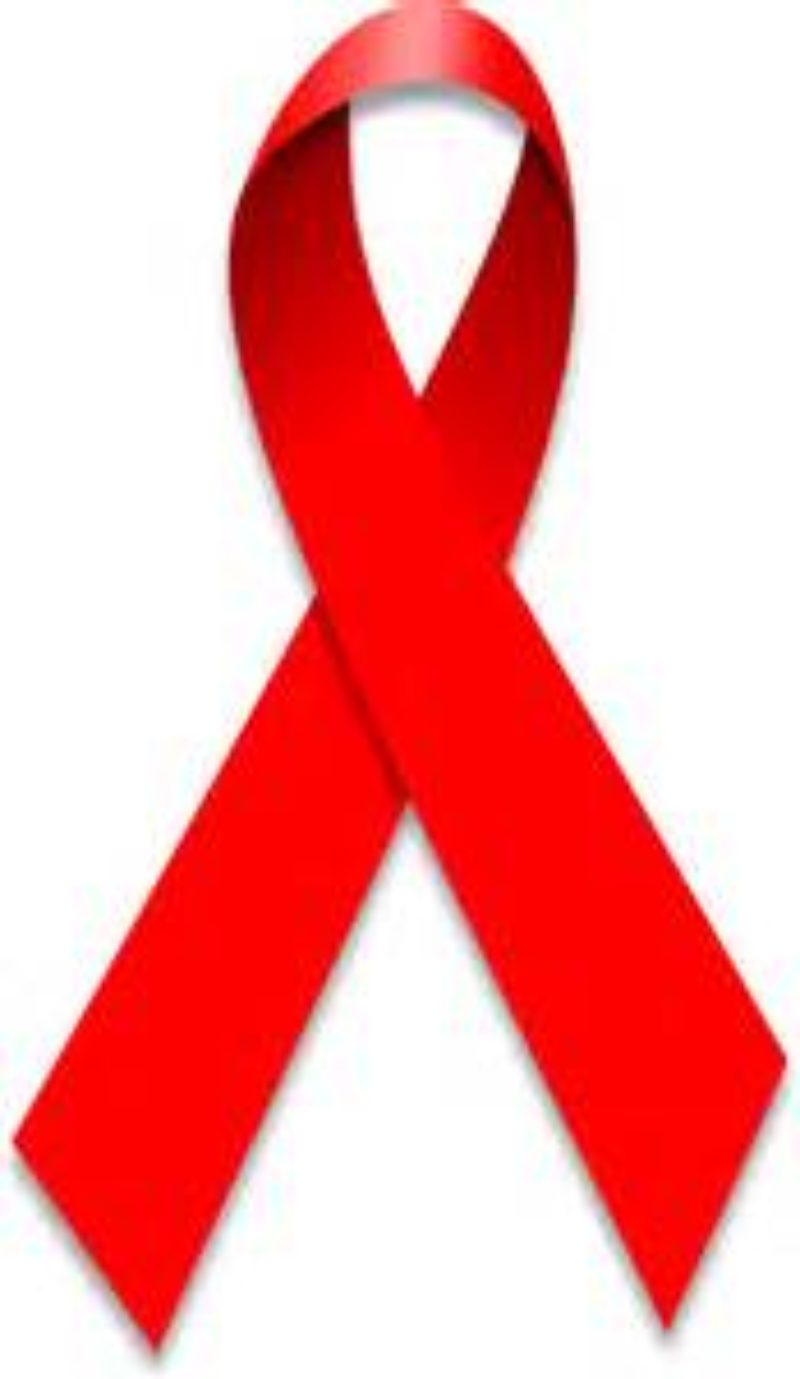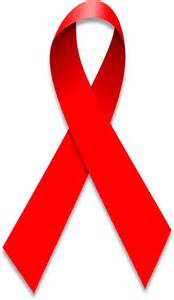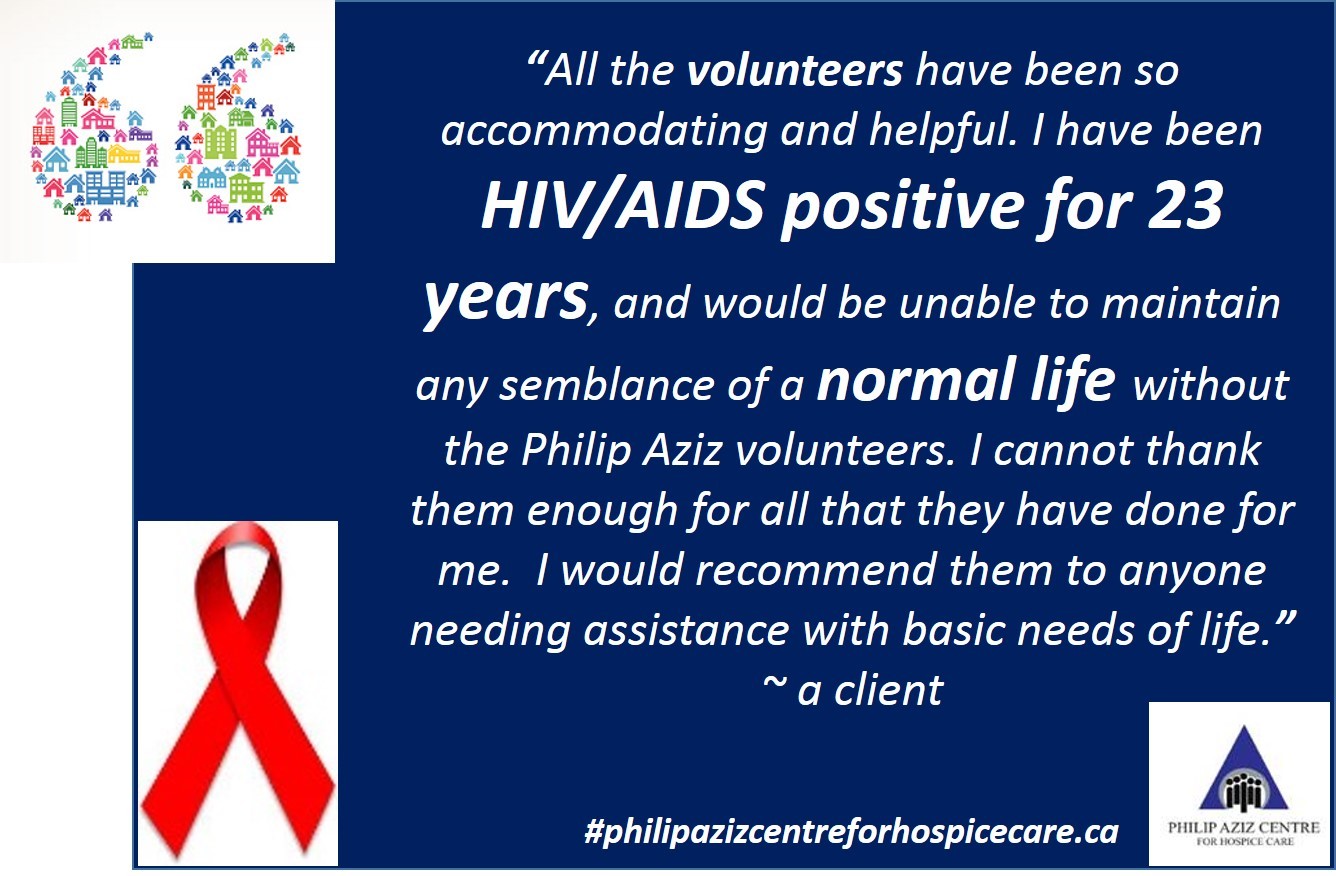Commemorating World Aids Day, December 1 2016


“Today, we commemorate World AIDS Day—we stand in solidarity with the 78 million people who have become infected with HIV and remember the 35 million who have died from AIDS-related illnesses since the first cases of HIV were reported.” ~ Michel Sidibé, Executive Director of UNAIDS, Under-Secretary-General of the United Nations
Philip Aziz Centre found its beginnings in a small downtown church that reached out to a man dying of AIDS, afraid and isolated, with very little supports. As the Centre was birthed, hundreds of men, and later in the epidemic, women and children in our own city sought support from our small hospice. As the ARV’s became available we saw less people dying of AIDS-related illnesses, and more living with the disease. Philip Aziz Centre continues to support children, youth and adults living with HIV in various capacities. From spiritual support peer groups that reduce isolation, to volunteers supporting medication compliance with youth transitioning into adulthood, to assisting HIV-positive seniors in longterm care homes – still facing discrimination, to volunteer visiting supports, when nearing end of life. We have a shared volunteer training program with the Toronto HIV Network, that includes several AIDS service organizations across the city. Discrimination and isolation still exist, silencing people to deal with issues alone. We don’t want to see anyone struggling alone.
Remember with us today, Philip Aziz, and his kind contribution that seeded the beginnings of Philip Aziz Centre, that later seeded Emily’s House.

According to 2014 national HIV estimates:
- An estimated 75,500 Canadians were living with HIV at the end of 2014.
- This represents an increase of 6,700 people (9.7%) since 2011.
- The HIV prevalence rate is 212.0 per 100,000 people living in Canada.
- HIV prevalence increased during the 1980s, slowed down in the mid-1990s, but began to rise again in the late 1990s. This increase is a result of both new HIV infections and fewer deaths due to effective treatment options.
Canadian HIV Facts:
- Just over one in five people living with HIV in Canada are unaware that they have HIV.
- According to national HIV estimates, 26,400 people with HIV had died due to an HIV-related illness or other cause by the end of 2014.
Global HIV Statistics:
- 18.2 million [16.1 million–19.0 million] people were accessing antiretroviral therapy (June 2016)
- 36.7 million [34.0 million–39.8 million] people globally were living with HIV (end 2015)
- 2.1 million [1.8 million–2.4 million] people became newly infected with HIV (end 2015)
- 1.1 million [940 000–1.3 million] people died from AIDS-related illnesses (end 2015)
- 78 million [69.5 million–87.6 million] people have become infected with HIV since the start of the epidemic (end 2015)
- 35 million [29.6 million–40.8 million] people have died from AIDS-related illnesses since the start of the epidemic (end 2015)
Further information:
The world has committed to end the AIDS epidemic by 2030 as part of the Sustainable Development Goals. We are seeing that countries are getting on the Fast-Track—more than 18 million people are on life-saving HIV treatment and country after country is on track to virtually eliminate HIV transmission from mother to child.
We are winning against the AIDS epidemic, but we are not seeing progress everywhere. The number of new HIV infections is not declining among adults, with young women particularly at risk of becoming infected with HIV.
We know that for girls in sub-Saharan Africa, the transition to adulthood is a particularly dangerous time. Young women are facing a triple threat: a high risk of HIV infection, low rates of HIV testing and poor adherence to HIV treatment.
Coinfections of people living with HIV, such as tuberculosis (TB), cervical cancer and hepatitis C, are at risk of putting the 2020 target of fewer than 500 000 AIDS-related deaths out of reach. TB caused about a third of AIDS-related deaths in 2015, while women living with HIV are at four to five times greater risk of developing cervical cancer. Taking AIDS out of isolation remains an imperative if the world is to reach the 2020 target.
With access to treatment, people living with HIV are living longer. Investing in treatment is paying off, but people older than 50 who are living with HIV, including people who are on treatment, are at increased risk of developing age-associated noncommunicable diseases, affecting HIV disease progression.
The success we have achieved so far gives us hope for the future, but as we look ahead we must remember not to be complacent. We cannot stop now. This is the time to move forward together to ensure that all children start their lives free from HIV, that young people and adults grow up and stay free from HIV and that treatment becomes more accessible so that everyone stays AIDS-free.


